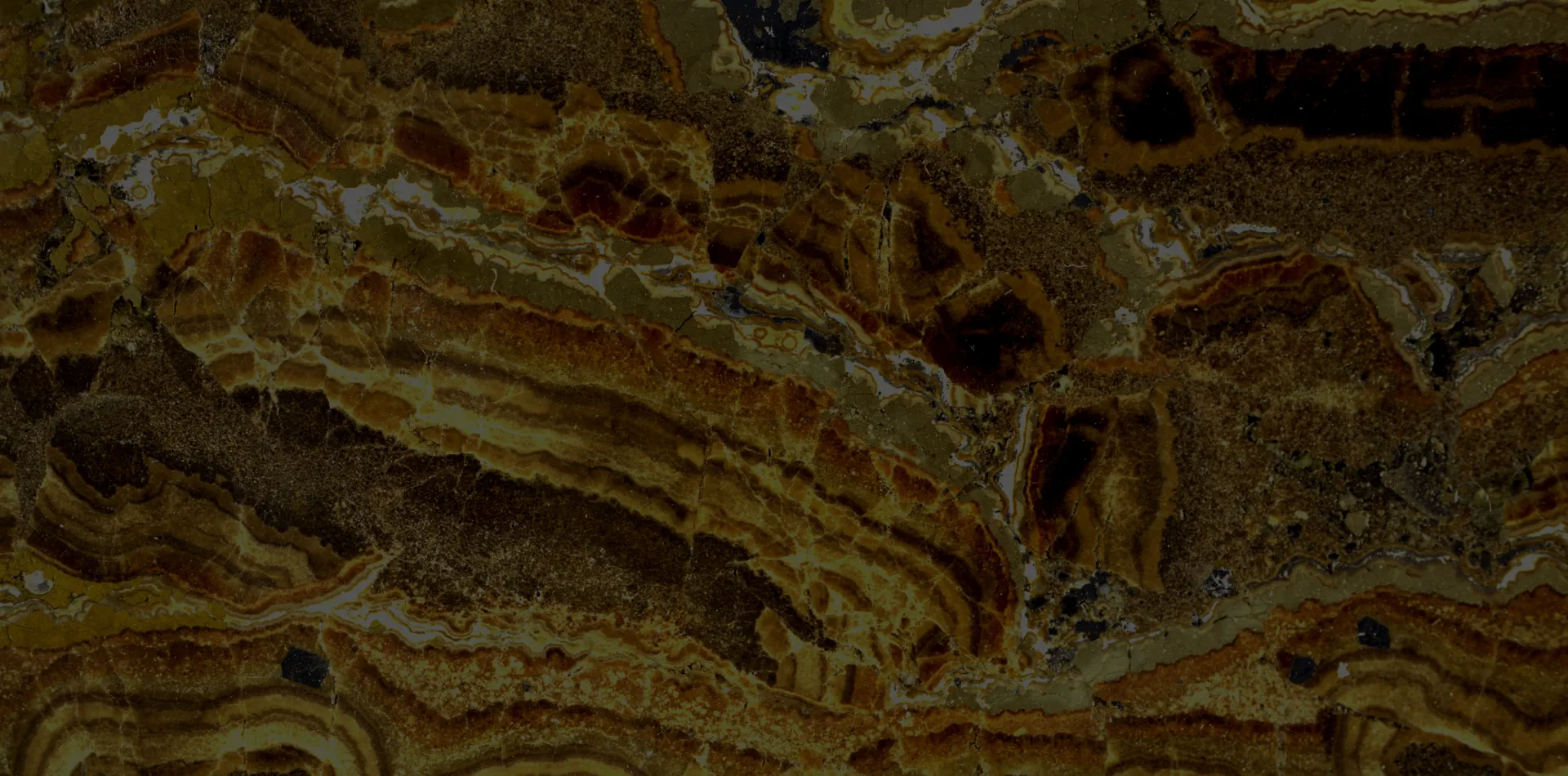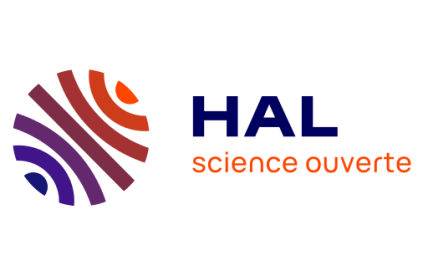Actualités
Challenges/Needs
The geology of the French Massif Central dates back over 600 million years and the region has a rich mining history, as well as great potential in terms of mineral and energy resources. All this means the Massif Central is the focus of great attention in terms of addressing the challenges of future energy, ecological and social transitions. Although mining has now ceased virtually everywhere in the region, exploration permits are still being granted, raising both interest and expressions of concern among the local communities and authorities. It is clear that the various stakeholders have diverging opinions about the issue of resuming mining activities and the future use of deep geothermal energy to meet the country's energy needs. However, the current state of geological knowledge does not allow for an informed debate about the possible uses of the subsurface. Indeed, there is uncertainty about the potential resources contained in the subsurface, and about the viability and type of exploitation that could be implemented in the future, meaning it is impossible to establish opinions based on hard facts and make informed decisions. This situation could make it difficult to achieve the democratic management of subsurface uses in the future.

Objectives, approach and structure of the project
The "Massif Central" project – targeted project no. 13 of the "Subsurface: a Common Good" PEPR – aims to understand the social and geological conditions according to which the French Massif Central could contribute to the transitions that are currently underway and develop shared knowledge of the subsurface at regional and local levels.
The idea of "common good" emerged as a fundamental and key issue in the intellectual co-construction of this project. It involves an interdisciplinary (1) and transdisciplinary (2) approach, which means that the project is structured around pilot sites that have been identified by the researchers for their geological potential (potential for strategic and critical metals and/or potential for deep geothermal energy), their sociological characteristics (urban versus rural context, old mining site or new deposit) and the benefits of producing and combining different types of knowledge. The working assumption for this project is that collective intelligence should be used to help address the challenges of transitions.
Interdisciplinary approach: based on the jointly-defined objective, the aim will be, firstly, to identify the geological processes involved and establish the foundations for a predictive analysis and, secondly, to understand the territorial dynamics, reasoning and expectations of the various stakeholders (citizens, environmental associations, industrial companies, decision-makers) at different study sites with potential in terms of mineral resources or geothermal energy and different territorial contexts.
Transdisciplinary approach: the approach must enable scientists and non-academic stakeholders (various local players, citizens' associations, industrial companies, political decision-makers) to interact on the same 'subjects' in order to create links and share knowledge about the issue being studied.
To meet these challenges, the project is structured into 5 work packages:
- Project management.
- The role of geological resources and society in the transitions in the Massif Central.
- Innovative tools for characterising geological potential,
- The geological history of the Massif Central described through its subsurface resources.
- Inter- and transdisciplinary coordination and actions.
Expected results
The main expectation is that this project will result in the production and sharing of knowledge – co-produced on the different pilot sites – concerning the geological and social conditions according to which the Massif Central could contribute to current and future transitions. To achieve this, the members of the project aim to create and bring together a hybrid community of knowledge concerning the Massif Central's subsurface. This community will be made up of specialists in various scientific disciplines and local stakeholders, in order to contribute to an informed debate on the different issues linked to the subsurface as a common good.
Drawing on this community, they will then be able to produce knowledge on various subjects, such as:
- The educational effects of the project's scientific results (based on a serious game);
- The local trajectories of mining areas, including their changes of direction, as well as their strengths and weaknesses in terms of territorial resilience (application of robust methodology with a view to ensuring reproducibility);
- Mapping of stakeholders and lobbying networks;
- The perceptions and positions of various local players concerning the subsurface, mining activities, critical metals, deep geothermal energy and the associated risks;
- A legal analysis of the tools used in each chosen area and the minerals identified;
- An analysis of the social effects of media communication concerning geothermal energy;
- The production of updated metallogenic models for different types of deposits;
- The reassessment of the geological and chronological framework that resulted in the various types of mineralisation in the French Massif Central, in relation to the main magmatic and tectono-metamorphic events;
- The development of efficient methods for acquiring and interpreting geochemical and geophysical data, as well as predictive mapping to improve subsurface exploration in the Massif Central;
- An assessment of the potential and operation of deep geothermal reservoirs in the Limagne basin and the Mont Dore-Sancy volcanic system (on a fractured basement);
- The thermo-hydro-mechanical evolution of a domain with a proven thermal anomaly;
- The co-organisation of training sessions, possibly in the field, for universities and/or schoolchildren (linked to the educational project concerning the management of the Subsurface program).
Project managers
Florence Cagnard has been a geologist at BRGM since 2009. Her research essentially focuses on the deformation of hot continental lithospheres in different types of orogen and on characterising the metamorphic and structural evolution of different segments of the Variscan belt in France (Massif Central, Massif Armoricain, external Alps, Pyrenees). She is also involved in various geological mapping projects in Africa (Cameroon, Republic of Congo, Namibia, DRC, etc.). Over the last ten years, she has gained significant expertise in the characterisation of naturally occurring asbestos (NOA) and related issues. She is currently in charge of various operational projects and research projects, notably concerning geology and metallogeny in Africa and the assessment of risks linked to NOA in France. She also provides occupational training in France and Africa (PanafGeO project of the "Pan-African Support to the EuroGeoSurveys-Organisation of African Geological Surveys (EGS-OAGS) Partnership"). ORCID: https://orcid.org/0000-0002-5047-1682
Olivier Vanderhaeghe is a geologist and has been a professor at the University of Toulouse since 2014. He has developed specific expertise in analysing the thermo-mechanical evolution of the roots of mountain ranges, which he has applied to various geological targets in the Alpine and Variscan ranges and in older crustal domains in North America (Grenville), Western and Central Africa (Eburnean and Panafrican) and South America (Transamazonian), particularly focusing on the mechanisms of crustal growth and differentiation and the role of magmatism and hydrothermalism in the transfers of mass and heat in mineral and energy resources. Part of his research has involved a partnership with mining companies to improve knowledge about the geology of Africa and South America and to train the next generation of geologists in these countries. He is currently in charge of the FALCoL international research network devoted to lithospheric differentiation. ORCID: https://orcid.org/0000-0001-9361-4631
Sylvia Becerra is a sociologist, who has worked as a CNRS researcher at the Toulouse Geosciences Environment Laboratory since 2006. She specialises in studying environmental risks and, more recently, the factors of habitability and sustainability in the energy transition (trade-offs between resources and risks). Over the course of 17 years, she has worked in various interdisciplinary fields. She also has gained international experience, notably studying vulnerabilities and responses to environmental risks in the fields of air pollution, oil and mining. In particular, she (co-)managed the ANR SOCENV-MONOIL project on the impacts of oil in Ecuador (2013-2018, €863k). She is currently co-managing the ANR APIMAMA (PI: C. Liousse LAERO) on air pollution in Abidjan (2022-2025). She is also co-supervising 3 PhD theses (post-mining crisis management in the Cévennes; health risks in the Lerma basin in Mexico; vulnerability and life-paths of women overexposed to air pollution in Abidjan). ORCID: https://orcid.org/0000-0003-1054-6616
Partners
The project partners are currently studying issues related to the fields of geosciences, human sciences, social sciences, economics, law, geography and education. The partnership involves researchers with complementary skills, with national and international expertise in the issues addressed by the project.
The consortium groups together BRGM, CNRS (regional delegations 8, 11 and 14), INRAE, the Universities of Clermont Auvergne, Montpellier, Lorraine, Paris-Saclay, Savoie-Mont Blanc, Rennes and Bourgogne-Franche-Comté, as well as the University of Orléans and the University of Toulouse III Paul Sabatier.
The project draws on the results and expertise of researchers involved in (or managing) various existing ANR research projects (ANR TRANSFAIR, ANR GERESFAULT, ANR MACIV, ANR CMIO) and European projects on critical metals (e.g. ERAMIN AUREOLE). In order to avoid duplicating any previous studies, the project objectives will take into account the results and main conclusions of these existing projects.
In addition to academic partnerships, links have been established with other targeted projects of the "Subsurface: a Common Good" PEPR, in particular the ANTICIP, Dynamic Modelling, Digital Earth, InnovTech, VERTIQUAL and JPEC projects, as well as with other PEPR projects (Risks - IRIMA, OneWater, etc.). The project has been designed as a 'laboratory' in which the research activities of the other targeted projects can be implemented on a regional scale.



